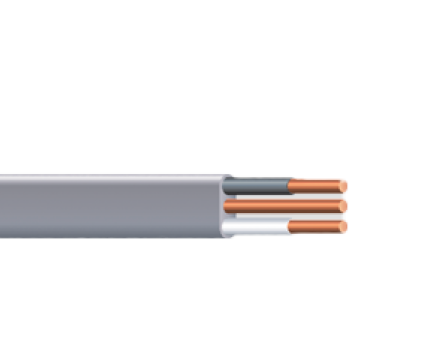- Toll-Free: (888) 967-5540 Email Us
- Lines Open Mon-Fri 9:00am - 5:00pm EST
Categories
Special Offers
15% Off


CU TYPE TC/TC-ER XHHW-2 TRAY CABLE
Please wait...
0%
Product Lookup
Popup
Kit Product
To check stock for a Kit, please place the kit product in the basket where the stock for the individual stock components will be displayed.
Pick Address
Sorry – your session has timed out as you were inactive for more than 525600 minutes. Please log in to continue.
Warning
You are not allowed to work on multiple tabs as order needs to be recalculated.
Inquire About the Product
We are just a call away. Contact our Area Sales Managers, Technical Support, or Lighting Design team to get the answers you need for any enquiries or questions you may have.
Complete security verification!
I have read and I accept the terms of the privacy policy
